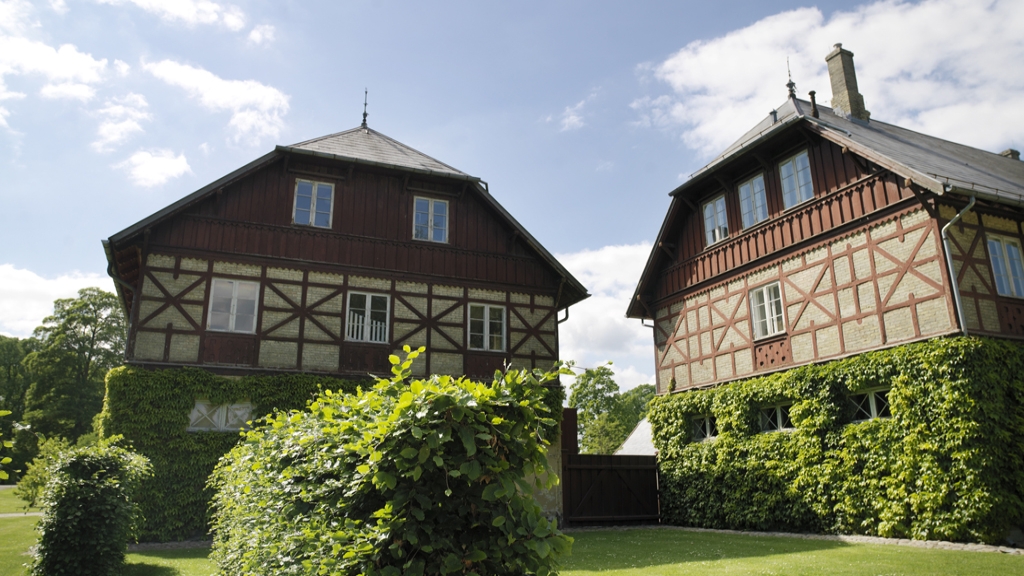Bernstorff Slot Spark
- Bernstorff Slot Spark Plugs
- Bernstorff Slot Spark Plug
- Bernstorff Slot Spark Game
- Bernstorff Slot Spark Meaning
By Regan Kibbee
Marietta Bernstorff at the opening of “Ayotzinapa: A Roar of Silence”
Photo by Farhad Akhmetov
If you’ve driven by the Social & Public Art Resource Center (SPARC) on Venice Boulevard during the last month, you may have wondered about the small banner out front with “43” emblazoned on it in bold black digits.
Bernstorff Palace (Danish: Bernstorff Slot) in Gentofte, Copenhagen, Denmark, was built in the middle of the 18th century for Foreign Minister Johann Hartwig Ernst von Bernstorff. It remained in the possession of the Bernstorff family until 1812. In 1842, it was bought by Christian VIII. Bernstorff Palace. Danish: Bernstorff Slot, in Gentofte, Copenhagen, Denmark, was built in the middle of the 18th century for Foreign Minister Johann Hartwig Ernst, Count von Bernstorff. It remained in the possession of the Bernstorff family until 1812. In 1842 it was bought by Christian VIII. Johann Heinrich Graf von Bernstorff (14 November 1862 – 6 October 1939) was a German politician and ambassador to the United States from 1908 to 1917. Bernstorff Slot has 593 posts on their Instagram profile. Follow their account to see all their photos and videos.
(Hopefully you’re already familiar with SPARC’s historic 1929 art deco building, which originally housed the old Venice Police Station. If not, there’s no time like the present.)
The “43” refers to the 43 college students from Ayotzinapa, Mexico, believed to have been kidnapped and murdered after their school bus went missing on the way to a political protest in 2014. These young men were memorialized in SPARC’s recent exhibit “Ayotzinapa: A Roar of Silence,” organized by guest curator Marietta Bernstorff.
Bernstorff has a history of organizing community-minded art exhibitions. Originally from Chiapas, the southernmost state of Mexico, she grew up in Mississippi and eventually ended up in Arizona running her own gallery. One of Bernstorff’s first shows was an investigation of the Zapatistas, the revolutionary leftist group of mostly rural indigenous people who fought for social and agrarian reforms in Chiapas.
Judy Baca, SPARC’s co-founder and artistic visionary, met Bernstorff in 1990 and offered her a job.
“I was one of the few Latina Chicana curators at the time. I showed Chicano art, Native American art, contemporary art — a mix of a lot of things. My main interest was always in social issues, which resonated with Judy,” Bernstorff says.

Bernstorff organized many shows at SPARC in the early ’90s. Among the larger ones was “The Encuentro,” an exhibit about the European invasion of the Americas and 500 years of Native resistance. She also did shows about Mexican women photographers, the renowned sculptor Luis Jiménez, Malcolm X, the Los Angeles riots and Rodney King.
At the time, SPARC was involved in The Great Walls Unlimited: Neighborhood Pride Mural Program. This initiative was an extension of Baca’s earlier communally-created Great Wall of Los Angeles, a half-mile long mural in the Tujunga Wash depicting the history of ethnic peoples of California from prehistoric times to the 1950s. Neighborhood Pride artists worked with youth apprentices and community members to produce more than 100 murals reflecting the multi-ethnic diversity of the city.
“I really learned my skills of community activism and outreach at SPARC, watching how they developed neighborhood pride in communities,” says Bernstorff.

In 1994, Bernstorff went to Mexico to curate an exhibit about the Zapatistas. There she met her husband, documentary photographer Antonio Turok, and ended up staying. They settled in Oaxaca, where she worked organizing traveling exhibitions and became a mom.
Last fall, Baca (now working with Executive Director Debra Padilla, whom Bernstorff had introduced to Baca) invited Bernstorff to return to SPARC for a guest residency.
Her first show back after 20 years was “The New Codex: Immigration & Cultural Memory.” Family members created art about the journeys of loved ones who are some of the more than 1 million immigrants to Los Angeles from Oaxaca.
Bernstorff thinks it’s valuable for other Angelenos to know where these neighbors came from and the amazing culture they carried with them, and for those from Oaxaca to feel proud of their culture and keep their traditions alive.
She talks about the history of California, formerly part of Mexico, and of the prejudice towards immigrants, even though all of us — with the exception of Native Americans — are basically immigrants.
“Understanding cultural memory is vitally important to breaking away from racism and ignorance,” she says.
SPARC’s next exhibit, “Viral: 25 Years from Rodney King,” opens Saturday, April 9. It continues the dialogue about racism, examining the death of unarmed individuals while under police surveillance.
Bernstorff Slot Spark Plugs
“We’re trying to figure out issues of immigration, issues of education, issues of being black,” Bernstorff says. “SPARC has always dealt with difficult issues.”
Bernstorff sees having a community center like SPARC on the increasingly affluent Westside as an asset for exposing all sorts of people to new ideas and experiences.
Bernstorff Slot Spark Plug
“People who make decisions live here. People who are part of the movie industry live here,” she says. “The great thing about nonprofits is they don’t have to filter what they’re saying for fear of offending someone; you’re going to get straight to the truth.”

Bernstorff Slot Spark Game
Walking around Venice these days, Bernstorff sees the gentrification happening as good for some but not for others who are marginalized. She thinks about how to build a connection with those who are “working at Google, driving Audis, building multimillion-dollar houses.”
Bernstorff Slot Spark Meaning
Ultimately, her role as curator is to build bridges that lead people to respect one another and form community bonds, making
for a better city.